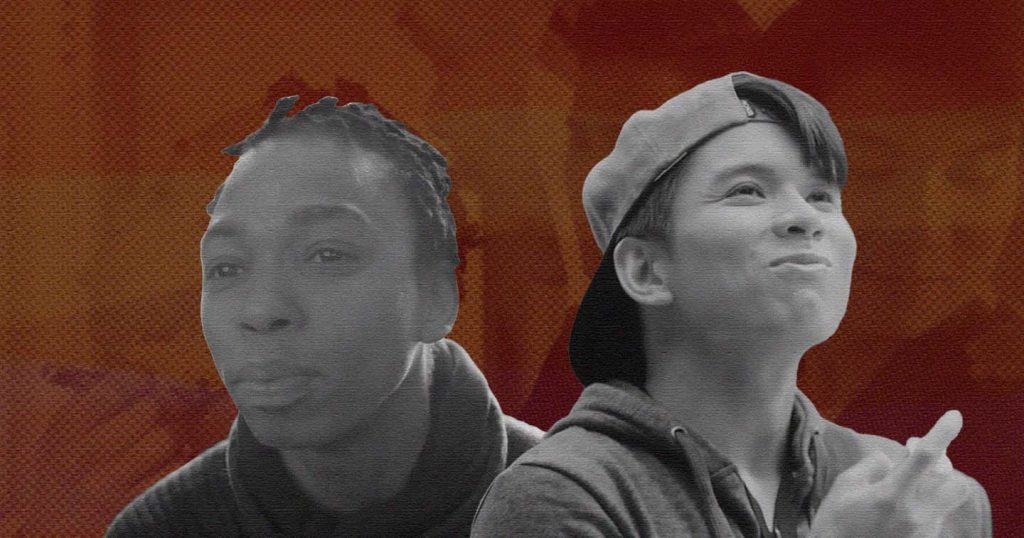MANILA, PHILIPPINES — “Gay is good,” read a placard by Frank Kameny at the very first Pride March in New York in June of 1970. At the time, it would have only been a year since the Stonewall riots, a period of unrest from the raid of the Stonewall Inn that demonstrated police brutality and harassment in an LGBT-frequented watering hole. This year, there’s no doubt that social media will bleed rainbows in an attempt to ride the bandwagon that is Pride.
What is now known as “rainbow-washing,” or the disingenuous bannering of Pride colors among brands and companies, is a rampant practice one month every year. Logos and social media incorporate the vibrant flag that was designed by Gilbert Baker in 1978, and chances are, a chunk of marketers and social media managers do not know the history behind what has become, for corporate, a convenient pretense of ally-ship.
That is the lighter side of it.
In recent years, the shift in brand loyalty among young consumers, in particular, has impacted the attempts at woke marketing. Between that and the purchasing power of queer couples, it became rather easy to follow what every other brand is doing than risk high and reap its rewards.
Capitalizing on a shiny new demographic, releasing rainbow-themed merchandise is also one of the ill-advised ways corporations have celebrated Pride. While it’s nice to feel warmth and acceptance when you see tumblers, caps, and tote bags multi-colored or with badly written copy on the shelves, it reflects how companies underestimate their consumers and how dismissive it is of the deeper need to fundamentally understand gay rights and advance their inclusion.
That is not to discount the visibility that resulted from corporations funneling their budget into activations and efforts that celebrate Pride. On the more impactful side, some put their money where its mouth is — to commission queer artists to design products, to collaborate with communities and organizations who can better direct funds beyond a seasonal branding strategy, to sponsor content creators who already have the audience it wants to tap.

What most brands fail to understand is that Pride is not about them, it’s about the community. When it constantly weighs between gaining a minority customer base versus losing the approval of homophobic ones, it already has a one-way ticket to flop town because ally-ship is not about immediacy but the sustained and collective effort even when things get dire. Brands such as Budweiser and Target have experienced this full pendulum when their decision to go full-fledged on Pride cost their conservative customers, and the latter’s failure to address the hate also led to the boycott from LGBTQIA+ consumers as well.
Without a strong core and sincere support, brands’ campaigns can be as harmful to themselves as to the prospect community. The bandwagon is the antecedent to over-saturation, drowning out voices and taking up space from those who could have made a meaningful difference.
It’s not a question of whether to put on the rainbow or not, but to what end beyond the superficial stunt these companies extend their solidarity and ally-ship. To name a few: accountability and transparency on their internal inclusivity, the safety on the job of their queer employees, and at the very least, representation in their advertising and marketing collaterals.
While alcohol brands are the first to embrace advertising to the queer community (and that was a clear vodka without any hint of color on that note), remarkable ads that outlasted the trend are deceptively simple such as P&G‘s “First Shave” featuring trans activist Samson Brown. As a consumer goods advertiser, it understood that Gillette, the brand, was not the hero of the film but the platform that amplifies trans visibility.
In the Philippines, one ad that hit the spot was Bench‘s “Amoy Kita” by TBWA\SMP. Incredibly lighthearted for a coming-out story, the film captures the double life the son lives until the initiative for acceptance comes from his dad.
Until it breaks out of the blinders, horses are horses, and only unicorns make rainbows. Past the gradients and glittered digital banners that are easily deployed and disposed of, more meaning can be found in the black and white photographs of the pride protests in the 1970s. Back when the community started unabashedly living their “existence is resistance” truth. Since then, so much has been done — and yet, so much can still be done.








